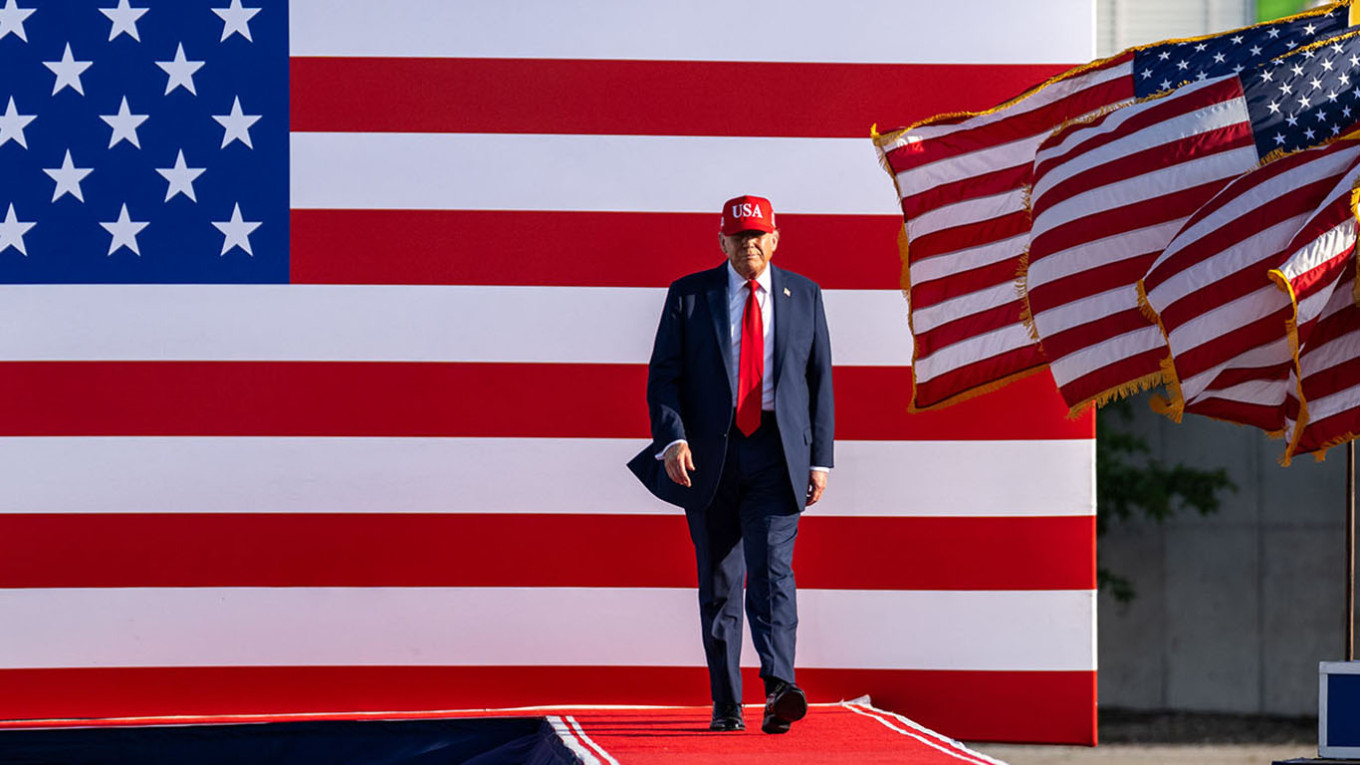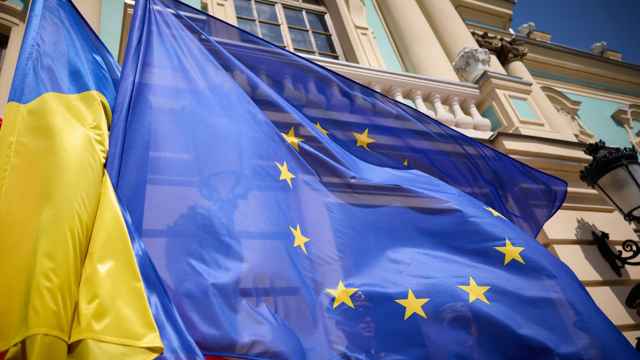Tiring of empty talks with President Putin, U.S. President Donald Trump announced that he had secured a deal with NATO to purchase weapons destined for Ukraine. Trump signaled a potential end to his fruitless attempts to pursue a constructive dialogue with Moscow by ramping up Western arms transfers to Kyiv and threatening severe economic retaliation against the Kremlin.
Trump set Moscow a 50-day ultimatum to agree to a new security arrangement or face a 100% levy on Russian goods, alongside secondary tariffs on states that continue to buy Russian oil. When asked about 500% tariffs previously proposed, Trump argued that once a certain threshold is crossed, the specific percentage becomes largely symbolic.
But while Trump’s change in position was hailed, the devil is in the details. Fifty days is a long time in war and a period that notably overlaps with the expected timeframe of Russia’s summer offensive, making any breakthrough in Kremlin strategy or on the front line during this period highly unlikely. Moscow’s immediate reaction was to shrug off Trump’s announcement.
The deadline also has the effect of delaying the passage through Congress of the Sanctioning Russia Act of 2025, which would introduce some of the most far-reaching economic measures ever imposed on Moscow and enjoys bipartisan support in the Senate.
The bill comes at a time when the United States has already tried all sorts of carrots with the Kremlin to no avail. Washington’s efforts at active diplomacy and softened rhetoric from the White House have fallen on deaf ears. This 50-day deadline could suffer the same fate.
The bill would mandate freezing the assets of senior Russian officials, military personnel, oligarchs and other individuals deemed to be supporting the Kremlin’s war effort. Major Russian financial institutions, including the Central Bank, Sberbank and Gazprombank, would face new property-blocking sanctions, effectively cutting them off from the U.S. and potentially even the global financial system. U.S. institutions would be barred from processing transactions involving these banks or facilitating the listing of any Russian securities on U.S. stock exchanges.
The bill also includes stringent prohibitions on the U.S. energy trade with Russia, barring the export, re-export, or in-country transfer of all U.S.-origin energy products to Russia. American companies would also be prohibited from investing in the Russian energy sector.
It goes even further by banning uranium imports from Russia and its affiliates. This restriction extends beyond direct imports to include third-party countries acting as intermediaries, reflecting an extraterritorial approach similar to past U.S. sanctions regimes imposed on countries like Iran.
This reinforces the 2024 uranium ban, which included similar measures but allowed limited imports under a waiver system until Jan. 1, 2028. While Russia once supplied about a quarter of the fuel used by U.S. nuclear plants, the new restrictions are expected to accelerate investment in domestic enrichment, reversing a decades-long decline that began in the 1990s, when the U.S. shifted from its own production to relying on down-blended Soviet-era weapons-grade uranium.
Foreign companies aiding Russian oil, gas and uranium production would also face secondary sanctions. The bill requires the Treasury Department to enforce existing sanctions laws under the Countering America’s Adversaries Through Sanctions Act.
Regardless of the actual level of tariff, their addition on top of any duties that already exist sends a clear message to the Kremlin that the courtship phase of Washington-Moscow relations is about to end — and it will be the Kremlin’s fault.
Washington-Moscow relations often follow a five-stage cycle after each American presidential election: an initial reset and re-engagement, a phase of cooperation, growing disappointment and a cold period of mistrust before the cycle starts all over again. This time, the short gap between the initial engagement and disappointment could set a new record.
The bill also provides the president with limited authority to exempt specific countries, goods, or services from these tariff provisions. This waiver can only be issued if it is determined to be in the national security interest of the United States. However, the discretion is narrowly drawn: each exemption can be applied only once per country, good or service, and the exemption may not exceed 180 days. This reflects a deliberate strategy to limit carve-outs and prevent the erosion of the bill’s deterrent power.
The cumulative effect of these measures is designed to erode Russia’s ability to finance its war in Ukraine by depriving it of energy export revenue and access to foreign capital, pressuring major energy consumers, particularly China and India.
Senator Lindsey Graham, who introduced the delayed bill, argued that these measures would be “bone-crushing” for Russia and that the threat of massive tariffs on trade partners would force a strategic recalibration among nations that have continued to deal with the Kremlin despite the invasion of Ukraine.
But some experts argue that secondary tariffs risk backfiring. If applied to China and India, they could destabilize supply chains, send prices soaring and drive up U.S. unemployment to recessionary levels.
On the other hand, the tariffs could serve a dual strategic purpose: pressuring countries like China to decouple partially from Russia’s war economy and supporting Trump’s agenda of reindustrializing the United States by incentivizing domestic production and reducing long-term dependence on geopolitical rivals.
It would be surprising if, during the next 50 days, the Kremlin agreed to a deal other than the one it has been relentlessly pushing for years. While Trump might be right that the precise level of tariffs does not matter after a point, the bill’s passage would have a symbolic value he may find appealing. This could be the moment when Trump shows not only strength abroad, but domestically as well.
After three years of war, nearly all of Russia's red lines have been crossed despite the fear of escalation that never came. While Washington is still reluctant to cross the few red lines that remain — notably Ukraine’s accession to NATO — Trump’s overdue recognition of Moscow’s obstinate approach to negotiations is a welcome shift. Now, he has to follow through and prove that delaying the more ambitious sanctions package is worth it.
A Message from The Moscow Times:
Dear readers,
We are facing unprecedented challenges. Russia's Prosecutor General's Office has designated The Moscow Times as an "undesirable" organization, criminalizing our work and putting our staff at risk of prosecution. This follows our earlier unjust labeling as a "foreign agent."
These actions are direct attempts to silence independent journalism in Russia. The authorities claim our work "discredits the decisions of the Russian leadership." We see things differently: we strive to provide accurate, unbiased reporting on Russia.
We, the journalists of The Moscow Times, refuse to be silenced. But to continue our work, we need your help.
Your support, no matter how small, makes a world of difference. If you can, please support us monthly starting from just $2. It's quick to set up, and every contribution makes a significant impact.
By supporting The Moscow Times, you're defending open, independent journalism in the face of repression. Thank you for standing with us.
Remind me later.








